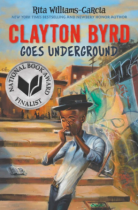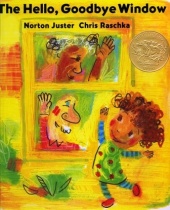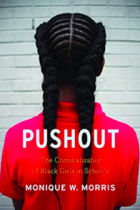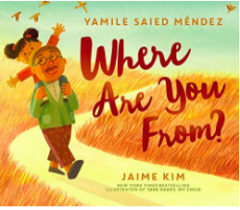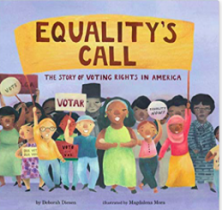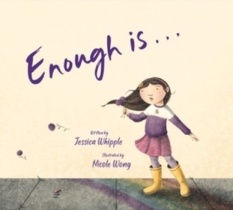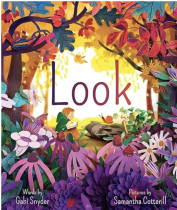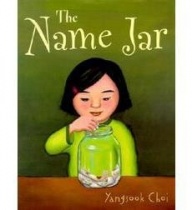One of the activities I had fun inventing this summer involved teaching vocabulary and robust character trait vocabulary. Honestly, when a teacher mentions vocabulary, the student's initial reaction is to groan. What I learned, on the contrary is that students truly pick up vocabulary much more quickly when the activities involved are challenging, motivating, inspiring and thought-provoking.
- One of the ways in which I motivated the students was through the use of challenges. On a few occasions we played around the world with vocabulary. In some cases, I would ask the student for student-friendly definitions. In other cases, I gave a scenario and the student was competing with his or her fellow partner to choose one of the two words (only two flashcards were flashed at once.)
- A second way in which I motivated students was through the use of complex picture books. Interestingly, so many individuals so easily dismiss picture books because they are thought of as "babyish" or "too young for the older grades." I am here to say that thought-provoking discussions can exist with many complex picture books with groups as old as as high school. In one particular vocabulary review, I read aloud the book "The Wreck of Zephyr." Van Allsburg is a master in the area of character traits and making inferences. The students were given a word box with approximately 10-12 character trait words. After reading a page or two, I would stop and ask for the student to identify a character trait that applied to this particular place in the book. This activity was challenging but incredibly motivating. For many students who struggle to read, having the teacher read aloud the words allows the student to really focus on choosing the correct vocabulary word. It also helps to alleviate unecessary anxiety.
- A third way in which vocabulary was practiced was through the use of a quick pass. We only completed this activity once, but I found it to be a great way to review words already learned. I wrote down the character traits on separate pieces of rectangular paper. Each student started with a word and was given two minutes to either draw a picture representing the meaning of the word, write an example applicable to the word or create a sentence. The students did quite well with this activity and the use of a visual was quite a helpful option for many of the students!
- The last way in which vocabulary was practiced was through the use of word sorts. Word sorts are magnificent for all sorts of words and vocabulary. However, they are particularly challenging when the student must sort as well as come up with his or her own category for sorting. In some cases I told the student what types of categories they should be sorting into. In addition, we completed synonym sorts and antonym sorts. This is a great small group or partner activity. The students had a great time competing against one another. A great motivational tool.

